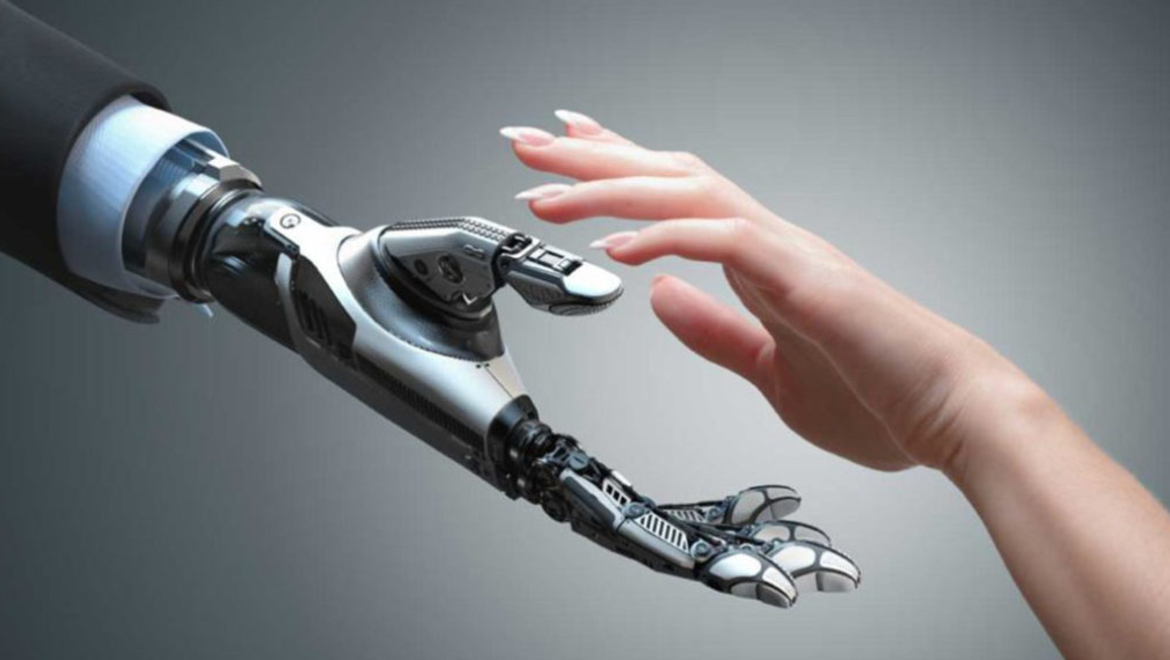Researchers from the Sydney’s UNSW are finding ways to increase the capability of human‐machine co-operation, with a host of real-world defence applications.
To continue reading the rest of this article, please log in.
Create free account to get unlimited news articles and more!
Funded by the Office of Naval Research (ONR) Global team, the group of scientists are looking to boost the capability of human‐machine interactions. While most existing research focuses on detecting intent, rather than predicting it, the UNSW team hopes to take the technology that step further.
ONR Global Melbourne office science director, Dr Yoko Furukawa, said, “Collaborating with machines will become an essential part of how humans live, work, learn and play in the near future, as intelligent machines have the potential to seamlessly augment and boost humans’ physical and cognitive capabilities."
"For machines to become our collaborators rather than mere tools in a wide range of settings, however, many science and technology breakthroughs still need to occur. ONR Global believes that many of these future breakthroughs will come from the international research communities, and also recognises that Australian research communities are particularly advanced in the field of human‐machine interaction science."
Another key player who has expressed support for the program is Paul Maddison, director of UNSW Defence Research. Going so far as to say that "there is perhaps nothing more important today in defence research than human-machine interaction", he added that "capabilities recently confined to the pages of science fiction have leapt from laboratories and into the field".
With theoretical foundations and a data‐efficient intent prediction paradigm, this project aims to boost the capability of human‐machine interactions, which serve as the core of interactive intelligent systems (e.g. robot, logistics units or other sophisticated military systems). Such systems aim to meet increasingly complicated defence demands — namely, improve operators’ performance and training techniques, autonomous weapons, reduced casualty, post‐casualty recovery and mental health management.
For instance, future intent prediction could help autonomous vehicles to decide how to manoeuvre depending on the next predicted intent, or assist robots to make future decisions. In these scenarios, existing systems can only detect the intent when it has already occurred or partially occurred, which may not give operators sufficient time to respond.
“This research will be a critical piece in a wide range of human‐machine collaboration applications in the near future not only in both defence but in civilian applications as well,” said Dr Furukawa.
“For example, intent prediction will help build a safer and more flexible manufacturing environment where rigid mass‐manufacturing assembly lines will be replaced by a team of humans and smart machines that can flexibly adapt to customers’ rapidly evolving needs.”

 Login
Login







